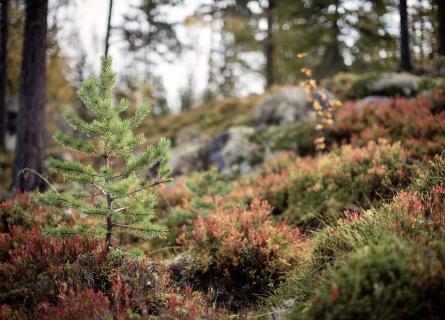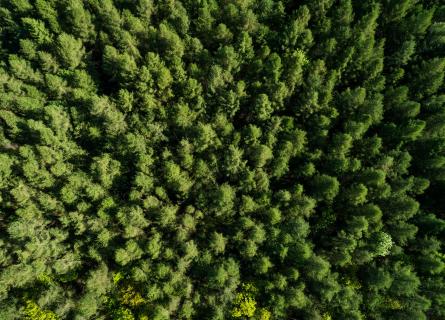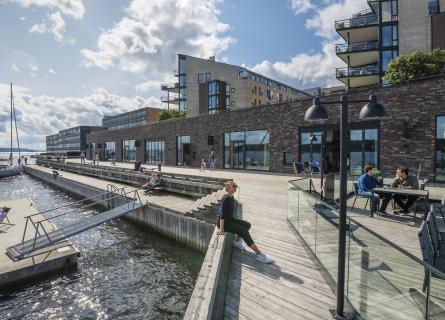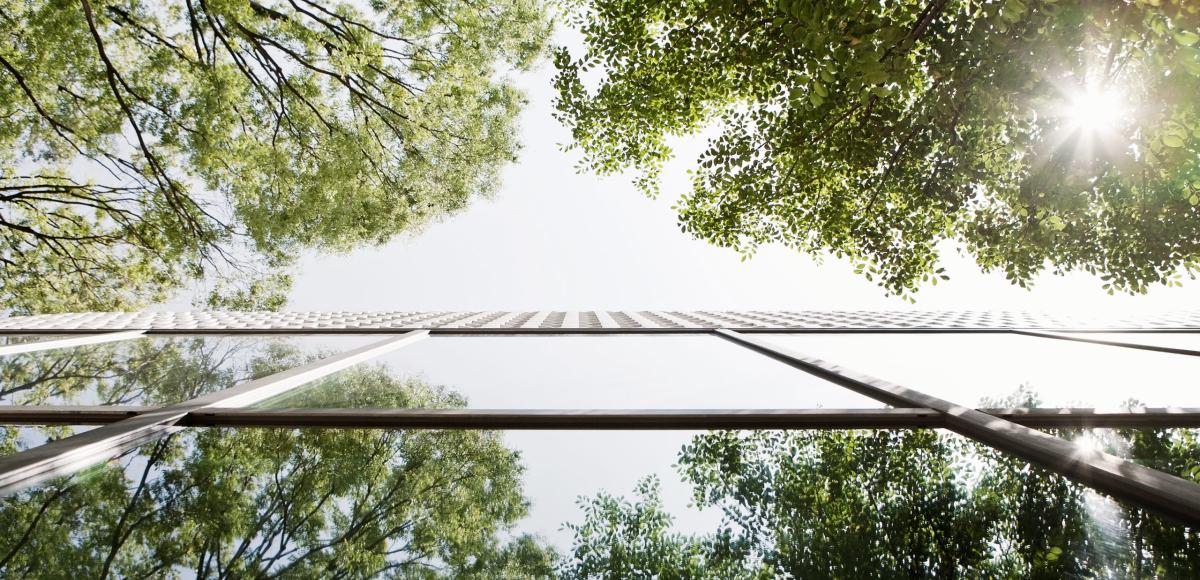
Five tips for promoting biodiversity in the built environment
Five tips for promoting biodiversity in the built environment
The alarming decline in biodiversity has become a talking point following the publication of the Dasgupta Review. According to the review, people (individuals, private and public organisations) have failed to care for biodiversity. The decline in nature’s capital has outweighed the growth in human and economic capital.
Global prosperity has grown at nature’s expense. Human activity is the primary threat to diversity, an untenable situation given that nature, its resources and services provided by its ecosystems form the basis for all that humans do.
The loss of biodiversity is a global challenge, the solutions to which need to be enacted locally. In 2020, the Sustainable Areas Committee of the Green Building Council Finland updated its definition of a sustainable area. The committee supplemented the definition with an ecological cap, below which a sustainable built environment must stay to prevent further loss of biodiversity. Construction in Finland is concentrated in cities, which are sites of significant infill development. Infill construction spares larger natural and green areas but exposes urban nature to even greater impact from construction and increased usage pressures.
How can biodiversity be promoted in a built environment and its design, construction and maintenance?
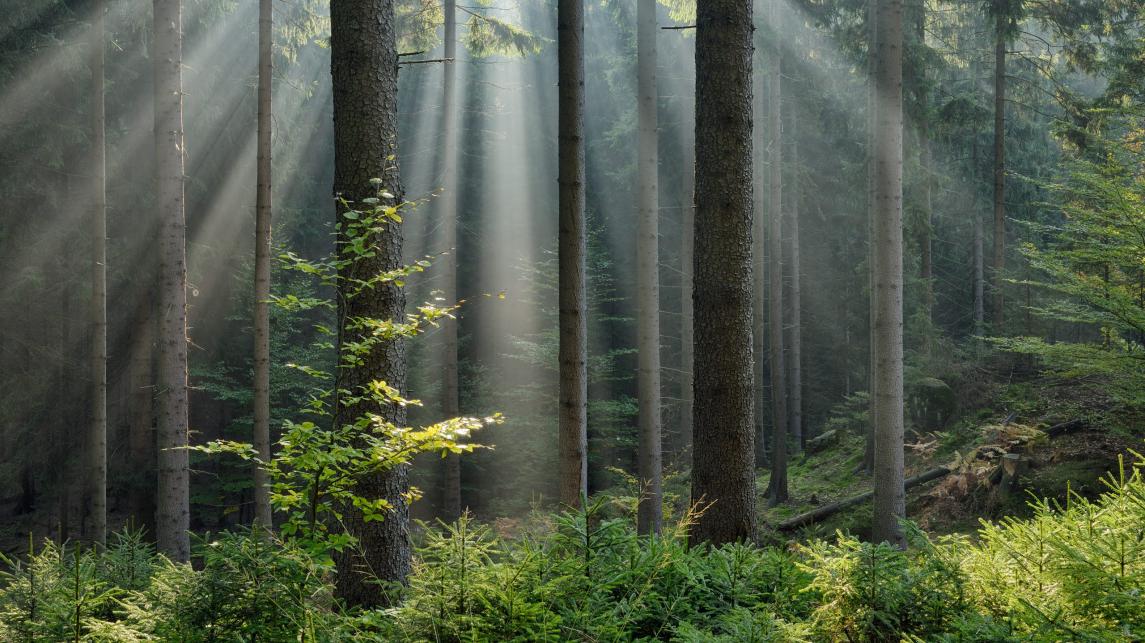
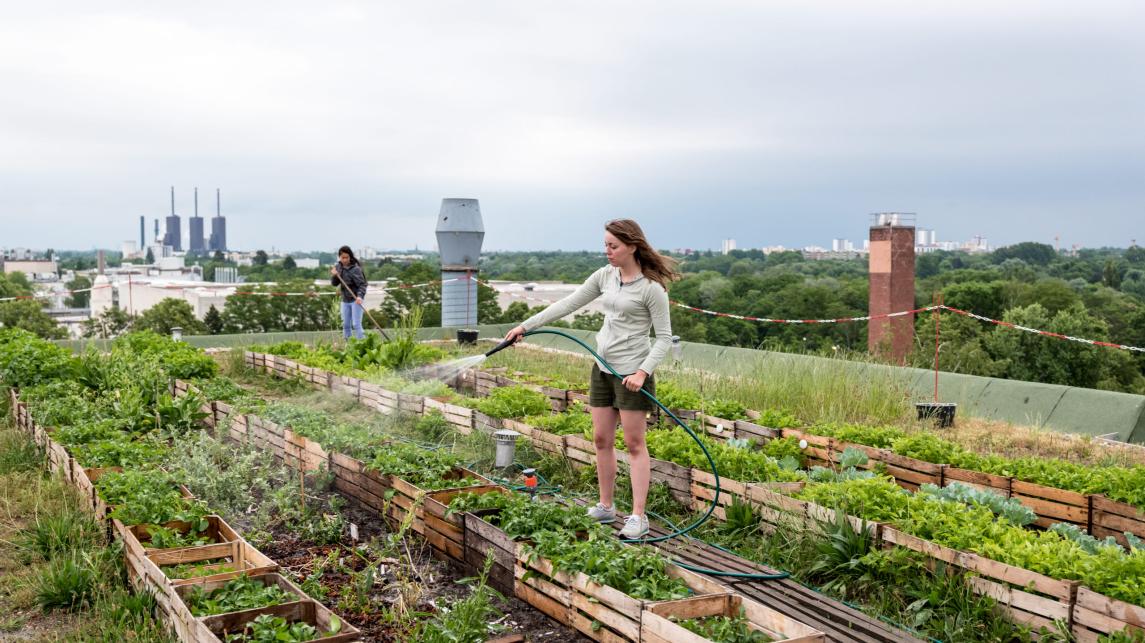


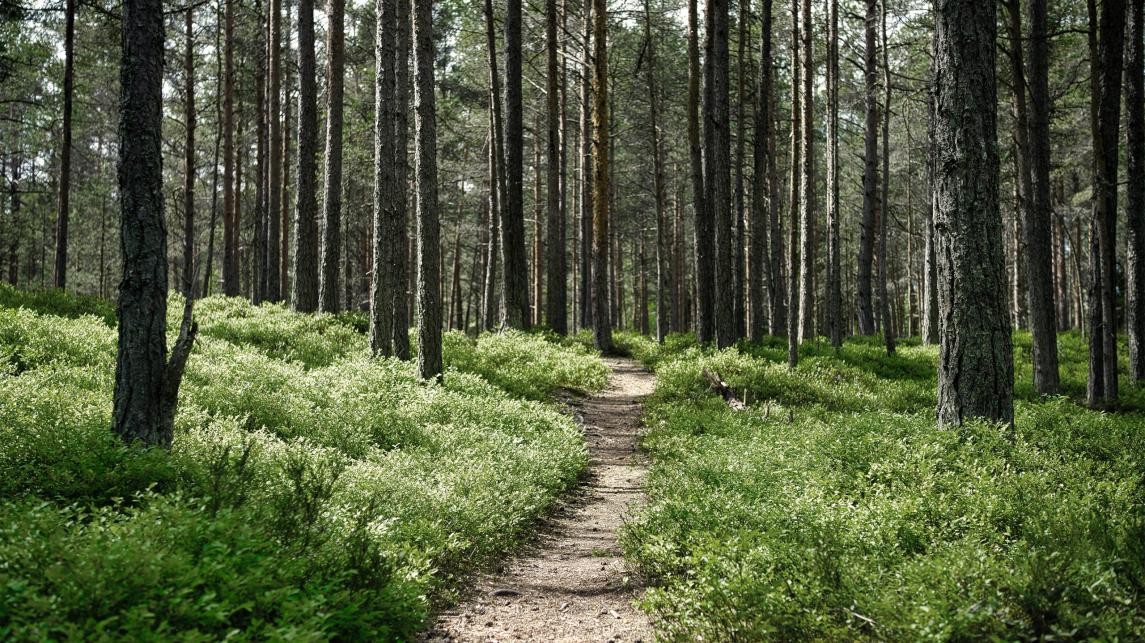
What is biodiversity in the built environment?
I interviewed biologists at AFRY on the topic. The building blocks of biodiversity in the built environment are a diverse green environment, a balance between tended and untouched green areas, respect for indigenous nature in shoreline trees and buffer zones, as well as the retention and creation of shelters, nesting and feeding sites, the securing of green corridors and sufficient signposting of recreational use of forests, and, equally, care for the sufficient number of stormwater wetlands and other water-pervious surfaces.
Nature surveys completed at the design phase concerning zoning and other built-environment development provide basic data about the natural values and characteristics of each area. The significance of biologists’ expertise in the design process must be highlighted and biodiversity targets must be given greater prominence. In addition, the natural values and services provided by nature must been seen as a larger picture than endangered species and strictly delimited nature reserves.
When areas are built on, biodiversity can be advanced through tangible actions: by protecting and sparing valuable trees, using the area’s own soil masses, saving seed soils and avoiding the import of foreign species, and by timing construction correctly with consideration for sites and species that may be disturbed.
Tried and tested practices already exist for the use and management of areas, such as the five-year landscape and habitat management plans for BREEAM buildings. Actions required to secure biodiversity are included in the plans, and steps to follow up on the given instructions are also planned.
Tools and expertise to plan, build and maintain a built environment exist. Climate goals and climate neutrality already guide how many sectors and organisations operate; so let’s make caring for biodiversity the next top target!



